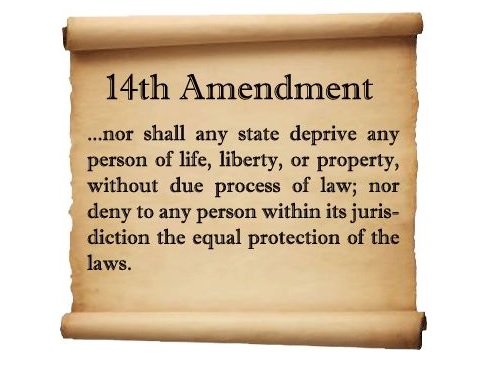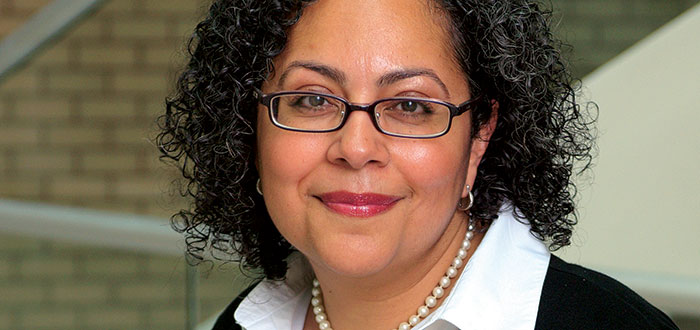Do We Still Need Constitutional “Equal Protection” in a Growing Multiracial World?Posted in Articles, Law, Media Archive, Social Justice, United States on 2018-07-09 15:33Z by Steven |
Do We Still Need Constitutional “Equal Protection” in a Growing Multiracial World?
Medium
2018-07-09
Tanya Hernández, Archibald R. Murray Professor of Law; Associate Director Center on Race, Law & Justice
Fordham University School of Law
Tanya Hernández is the author of the forthcoming book, Multiracials and Civil Rights: Mixed-Race Stories of Discrimination from New York University Press.
Reflections on the the 150th Anniversary of the 14th Amendment
July 9th, marks the 150th anniversary of the ratification of the 14th Amendment’s equality principle of the U.S. Constitution. Does the pursuit of racial equality look different 150 years after the ratification of the 14th Amendment’s equality principle in today’s growing multiracial world? In 2010, 9 million people constituting 2.9 percent of the population selected two or more races on the census. The Census Bureau projects that the self-identified multiracial population will triple by 2060. Yet, in my own exhaustive review of discrimination cases in a variety of contexts like the workplace, educational settings, housing rentals, access to public accommodations, jury service, and the criminal justices system, the cases demonstrate that racially-mixed persons continue to experience discrimination today…
Read the entire article here.



